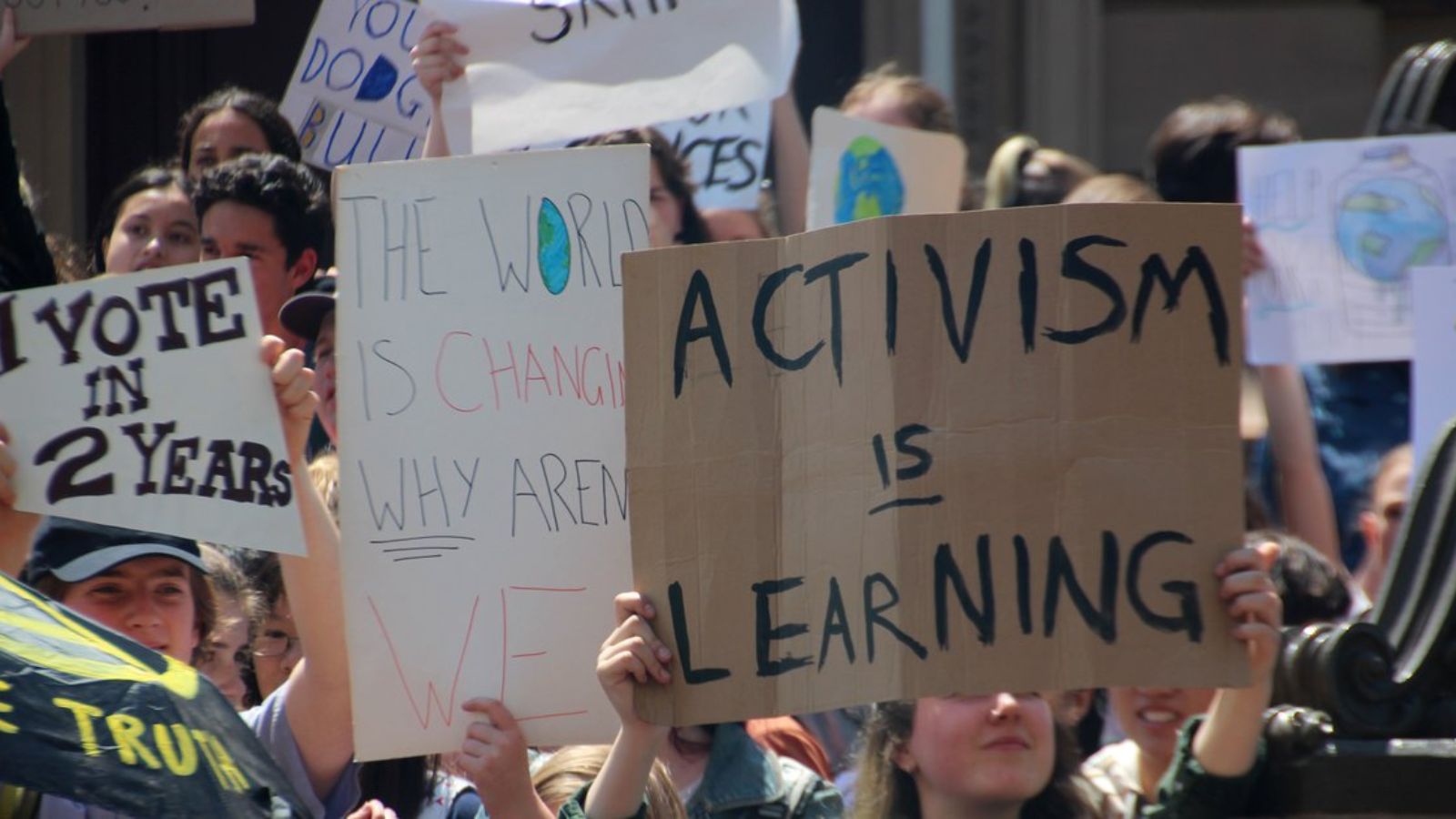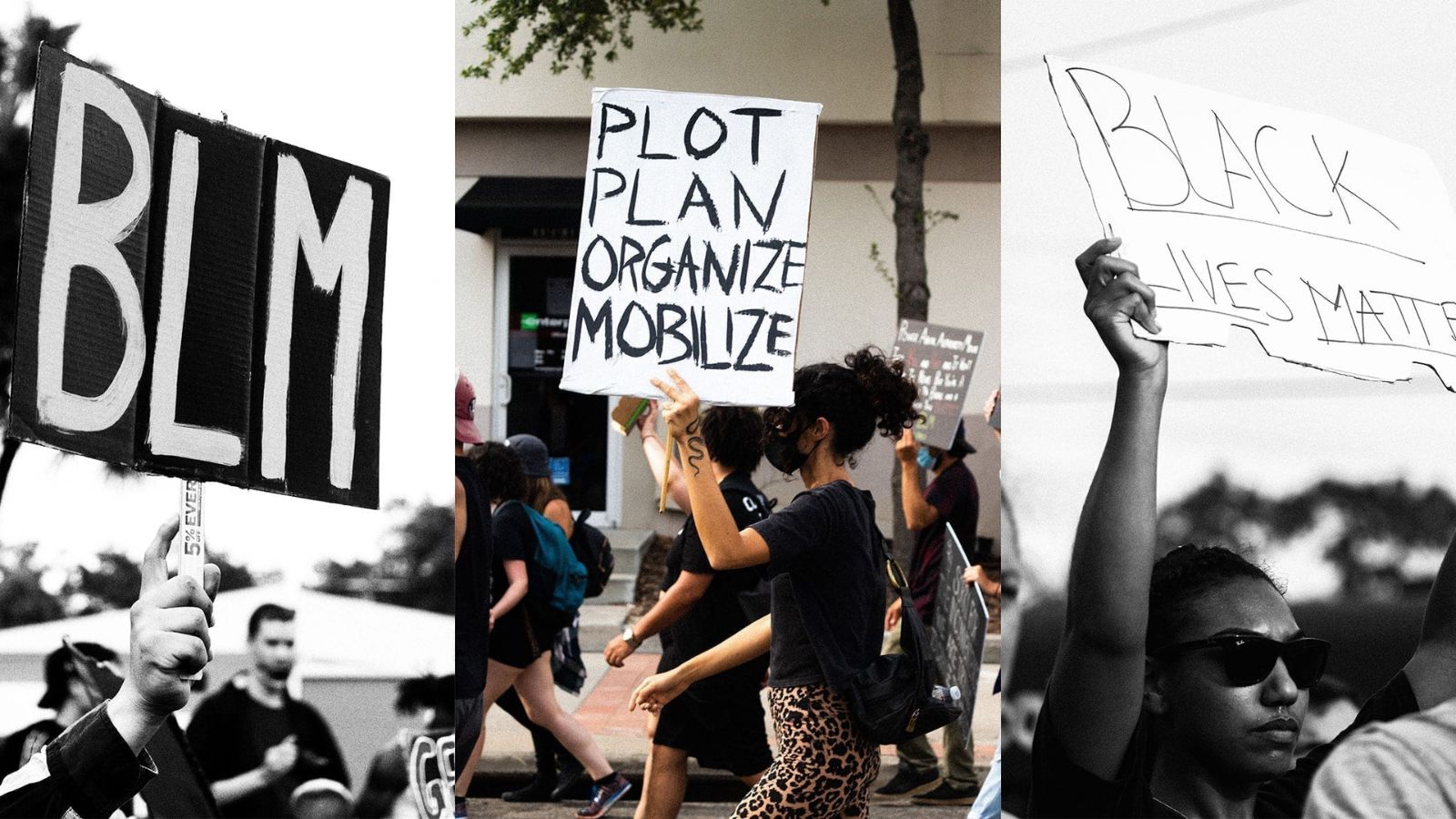In the heart of a global movement, there’s a powerful campaign that’s sparking conversations and igniting change. It’s the “16 Days of Activism Against Gender-Based Violence,” a call-to-action to end violence against women and girls around the world.
From November 25, the International Day for the Elimination of Violence against Women, to December 10, Human Rights Day, these 16 days are a period of heightened activism. The aim? To galvanise action and draw attention to the urgent need to end gender-based violence.
16 Days of Activism
Origins and Global Impact
Born of the inaugural Women’s Global Leadership Institute in 1991, the “16 Days of Activism Against Gender-Based Violence” campaign spans over 187 countries today. This international campaign commences yearly on the International Day for the Elimination of Violence against Women (November 25) and ends on International Human Rights Day (December 10). This time frame symbolically links violence against women and girls with human rights issues. Major organisations such as UN Women actively participate, marking a sign of global unity against gender-based violence.
In its three-decade journey, the campaign’s impact is noteworthy. It’s instrumental in:
- Bringing attention to the issue of gender-based violence.
- Highlighting the urgency of addressing violence against women and girls.
- Affecting policy changes and legislative reforms across various countries.
Meaningful measures and actions have resulted from this campaign, such as the adoption of laws addressing domestic violence in countries like Kyrgyzstan and Uganda.
 The Role of Social Media in Spreading Awareness
The Role of Social Media in Spreading Awareness
Particularly compelling in today’s digitised age, social media plays a critical role in propagating the 16 Days of Activism Against Gender-Based Violence campaign. Digital platforms serve as an ideal tool for communication and a rallying point for concerted efforts against gender-based violence. However, they do bring their own set of challenges.
Campaign Hashtags and Online Movements
Heightened awareness often begins with the simplicity of a hashtag. Hashtags, such as #16 Days, #OrangeTheWorld, and #HearMeToo, have been actively used to disseminate campaign messages and to unify participants globally. These concise tags serve as rallying cries, capturing the essence of the movement while inviting participation from people across demographic and geographic boundaries.
For instance, #OrangeTheWorld, used extensively during the 2019 campaign, acted as a global call to action, symbolising a brighter future without violence. Similarly, #HearMeToo promoted awareness by amplifying the voices of survivors and activists alike. Such online movements translate into tangible support, mobilising millions and catalysing change.
 Case Studies: Success Stories and Challenges
Case Studies: Success Stories and Challenges
Grassroots Movements and Local Changes
Shifts in community attitudes, particularly at a grassroots level, often catalyse significant changes. Take, for instance, the ‘Young Women Rise Against Gender-Based Violence’ initiative in Zimbabwe. This movement, composed mainly of young women, utilises the 16 Days of Activism campaign as a launchpad to push for substantial and lasting changes regarding gender-based violence in Zimbabwe. They’ve organised marches, appealed to government officials, and introduced educational programs that shed light on the manifold issues surrounding gender-based violence.
In Colombia, the ‘Orchids of Light’ project represents another noteworthy example. Operating in a country with high rates of gender-based violence, they’ve used the 16 Days of Activism campaign as a platform to propel their messages of non-violence and equality prominently into public consciousness. Their influence is so compelling that it’s led to the creation of local laws protecting women’s rights. Notably, these movements face significant challenges, like societal resistance, resource constraints, and sometimes physical risk to members. Yet, they remain resolute in their mission, contributing greatly to combating gender-based violence.
Government Implementation and Policy Shaping
Government initiatives and policies prove instrumental in the battle against gender-based violence. During the 16 Days of Activism campaign, governments globally seize the chance to enact new policies, introduce change-oriented programs and strengthen existing measures. For instance in Canada, the government utilises the campaign to augment its Strategy to Prevent and Address Gender-Based Violence. They’ve expanded shelter services, toughened judicial penalties for offenders, and employed more gender-based-violence frontline service workers. Yet, policy implementation doesn’t come without challenges.